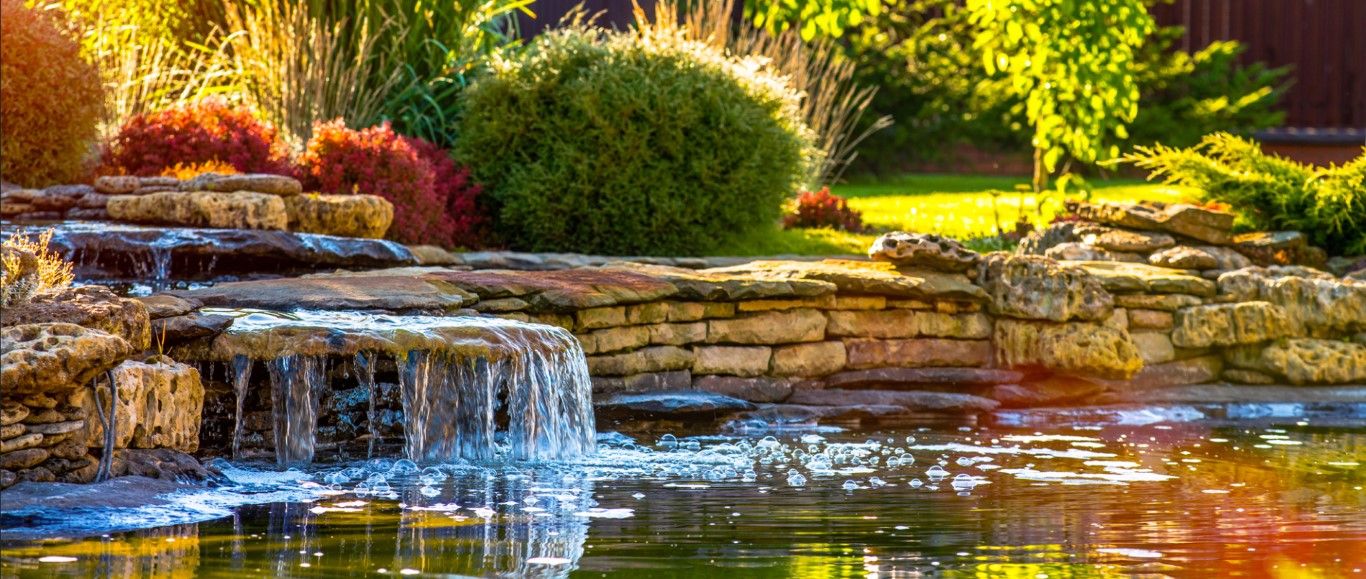How to: Care for your Bonsai
How to: Care for your Bonsai
Get the Guide: How to Care for your Bonsai
What is a Bonsai Tree?
A bonsai tree is a miniature tree that is planted within a container. In fact, the term “bonsai” literally means “planted in a container” in Japanese. Bonsai refers to the art of cultivating these small trees and is an integral part of Japanese culture dating back to the early 14th century.
Once enjoyed by only the wealthiest aristocrats and high-ranking members of Japanese society, bonsai is now an art form that is enjoyed by people from all around the world. The ultimate goal of growing a Bonsai is to create a miniaturised but realistic version of a large mature tree. Bonsai are not genetically dwarfed plants, in fact, almost any tree species can be used to grow one.
What keeps Bonsai small?
The small pot, controlled nourishment and frequent trimming of new shoots.
Are Bonsai easy to grow?
Yes, it is not nearly as difficult as it might seem. However, as Bonsai trees are planted in small pots there are a few basic guidelines for sunlight, watering, and repotting your trees to ensure your Bonsai gets the best life it can!
Here's a few things to keep in mind if you have, or are planning on getting, a Bonsai:
Watering
Water daily – wet the soil thoroughly, and let excess water drain away completely. The soil must not dry right out, nor must it be waterlogged. As a general rule, the best way to tell if the bonsai needs water is to feel the soil. Stick your finger a half inch or so into the soil. If you do not feel much moisture in the top half inch of the soil, then it is likely time to water your bonsai.
Light
Bonsai require a lot of light and are happiest and healthiest kept outside. Indoor Bonsai must be placed in a well-lit position, and frequently placed outside in a sheltered position. Avoid frost, snow, strong sun and winds. Some bonsai will tolerate low light for a few months in the winter, especially if the tree species slows down growth or goes dormant during the winter however, Bonsai need direct sunlight, its how they make their food, they like to receive 5-6 hours of sunlight daily, whether inside or outside.
Repotting
As your bonsai grows the lack of space and nutrients left in its pot will stop the trees from growing, and if no action is taken, it will die. Repotting your Bonsai will resupply the tree with the nutrients it needs to grow and flourish. You can shift your Bonsai from one container to another at any time providing you do not disturb the root system. Water before and after potting. Put some fresh potting mix under and around the root ball if there is enough room. A potting mix with slow-release fertiliser is ideal. If a tree is repotted annually, no extra feeding should be necessary. The best time to repot a Bonsai is early in the spring, while trees are still dormant, and the buds begin to swell. At this stage trees are not sustaining full-grown foliage, so the damaging effect of repotting will be minimized.
Root Pruning
Every spring carefully check your Bonsai’s root system. If the roots are crowded or matted, root pruning is required. Gtently tease out the roots and trim off around 1/5th of the soil and roots. The root ball must be moist, and must not be exposed to the sun or drying winds. Repot firmly using potting mix, then water thoroughly and place in a sheltered spot for two weeks. Keep the soil moist.
Shaping
The aim of Bonsai is to produce a pleasant and artistic effect. All the new tips are nipped back to promote branch growth, only the shoots needed to improve the shape are left untouched. The shape of your tree is upto you and can be permanently changed by wiring. Use copper, aluminium, galvanized or fuse wire. Loop the wire around the branches and gently bend to the desired shape. The shape will be ‘fixed’ in around three months’ time and the wire can be removed. You can get Bonsai Snips on our website, which are good for root pruning and branch/leaves shaping.
Holiday Care
Water well and allow to drain for 30 minutes. Place the entire Bonsai in a plastic bag, leaving the trunk and branches protruding out the top. Seal the bag at the bottom of the trunk leaving the pot, roots and soil fully enclosed in the bag (this method is suitable for up to three weeks).
And there you have it! The surprisingly easy guide to making sure your bonsai is happy and healthy. You can download our guide here.
If you enjoyed this guide, you may also enjoy:


